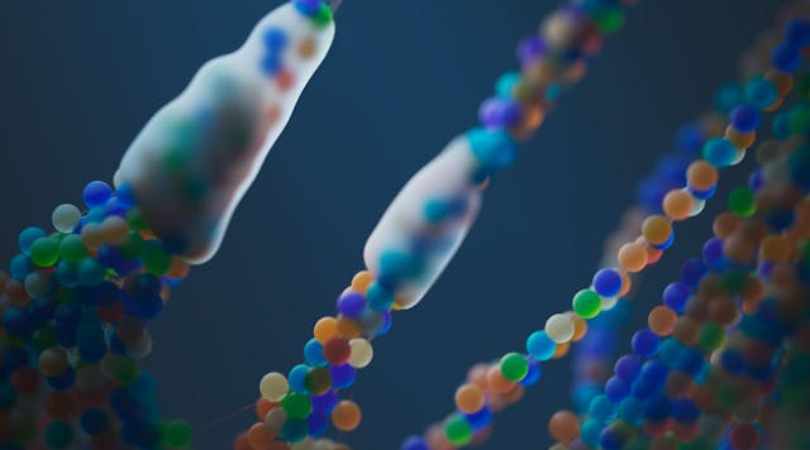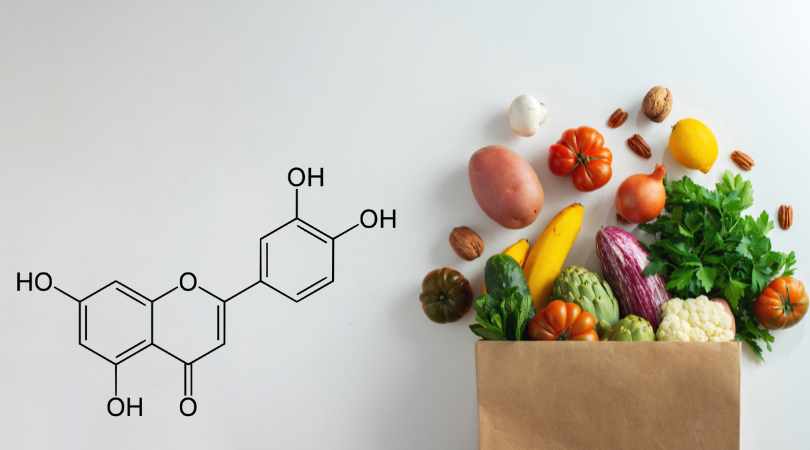Scientists have successfully restored the lost uricase enzyme, a key breakthrough in combating fructose-induced fat formation. This discovery offers new hope for preventing obesity and metabolic disorders by targeting how the body processes sugar and stores fat.
Limited Quantities Available! Order Today and Enjoy Free Shipping on Orders Over $100!
Gout
A painful condition caused by uric acid buildup—often triggered or worsened by fructose metabolism.
When Pain Flares, Look to Uric Acid’s Source
Gout isn’t just a joint issue—it’s a metabolic warning sign, often linked to how your body processes fructose.
Fructose metabolism rapidly generates uric acid, which can crystallize in joints and trigger painful gout attacks. But uric acid isn’t just a byproduct—it also disrupts mitochondrial energy, increases inflammation, and may signal broader metabolic dysfunction.
SugarShield helps support healthy uric acid metabolism by targeting the upstream pathways involved in fructose breakdown. With ingredients like luteolin and tart cherry extract, it offers a thoughtful way to help manage metabolic stress before it spills over into symptoms.
What is Gout?
Gout is a type of inflammatory arthritis caused by crystalized uric acid in the joints—usually the big toe. It causes swelling, pain, and limited mobility.
The Fructose-Uric Acid Link
Fructose uniquely stimulates uric acid production by:- Consuming ATP- Activating purine breakdown- Inhibiting uric acid excretionThis makes sugary drinks and high-fructose diets common triggers for gout attacks.
Why It's Metabolic
Gout is increasingly recognized as a metabolic disease—associated with insulin resistance, fatty liver, and obesity. High uric acid is both a marker and cause of broader metabolic dysfunction.
Managing Gout Naturally
- Limit fructose and alcohol
- Hydrate well
- Use supplements like tart cherry extract
- Target upstream mechanisms (like fructokinase)
At LIV3, we see gout as a warning sign that fructose metabolism is out of control—and a reason to take early action for your long-term health."






